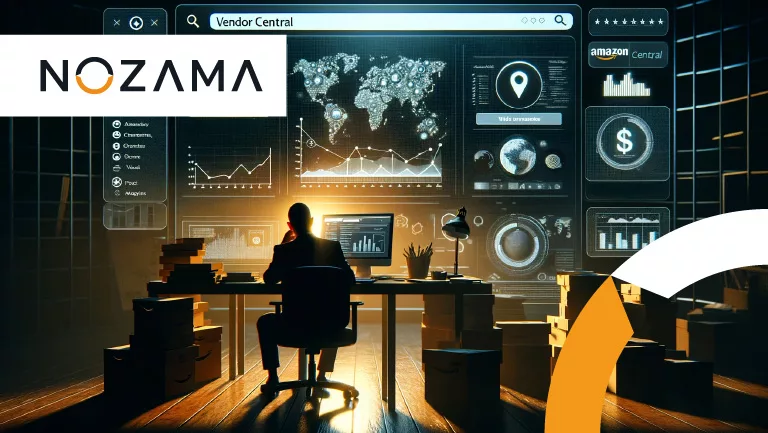
25 Nov What are the risks of opening a Vendor account?
- Opening a Vendor account minimizes some risks derived from incidents and the service involved in selling to the end customer, but generates others that have to do directly with the management you make of your account and the products you publish in it.
- If Amazon invites you to develop this business model, you will lose control over the RRP of your items and you will have to respect the procedures associated with logistics, invoicing and the product to avoid penalties.
If you accept Amazon’s invitation to open a Vendor account, you will become their supplier and therefore you will not sell your products directly to the end customer. Once you get the items to Amazon’s fulfillment centers, you won’t have to worry about inventory management or shipping costs to the end customer.
However, before accepting the terms of the contract that Amazon proposes to you to open an account in Vendor Central, you must take into account certain previous aspects. Some of them have to do with the final sale prices of your products or the difficulty of changing the transfer prices. Others depend on the charges imposed by Amazon for certain non-compliances in the delivery of merchandise to its warehouses or the returns of items that it makes itself.
Risks involved in opening a Vendor account
Below, we explain the most relevant ones.
Difficulty in changing the transfer price:
When listing your products on the Vendor Central platform, you need to indicate the transfer price for which you sell your goods to Amazon. In addition, you must provide a recommended retail price (MSRP).
You should know that, once you have published the transfer prices, they are very difficult to change. For this reason, we advise you to analyze beforehand the possibility that you will need to increase them for a short or medium period of time.
Less control over the RRP of the product:
On the other hand, even if you indicate the MSRP for a certain item, you will not have full control over the sale price that the end customer will pay. Amazon may modify this price to give you a better deal or win the BuyBox, among other reasons.
It is Amazon’s algorithm that sets the most competitive prices, after comparing them with those of other sales channels or with other sellers who offer similar or the same items as yours. Thus, sometimes, you can modify the RRP by raising or lowering it, also depending on factors such as competition or the amount of stock available in your warehouses (overstock).
Possibility of Late Delivery Charges:
Amazon establishes a series of procedures and requirements that, as a Vendor, you will have to comply with in order to deliver all the required goods to its logistics warehouses.
If you fail to prepare or deliver the requested inventory, chargebacks and shortage claims (SCs) may arise. This happens, for example, if you send your products incorrectly palletized, if you do it after the established deadline, or if the units ordered in the Amazon order do not match the units shipped.
Merchandise Returns:
Although it is true that in the Vendor mode, you do not have to worry about the management and costs derived from the end customer’s returns, you will have to respond to the returns of products that you may receive from Amazon. This happens if Amazon has not been able to sell your products and the period that you previously agreed to in the signed contract when opening your account has already passed.
Despite the risks we have explained above, it is profitable to open a Vendor account on Amazon. Don’t forget that, if you do it correctly, it’s a great opportunity to achieve high sales volumes for your brand.
At Nozama we have been managing Vendor accounts for more than 10 years and we have a specialized team that will help you solve problems with chargebacks and shortage claims. If you are thinking of opening a Vendor account, do not hesitate to contact us.


